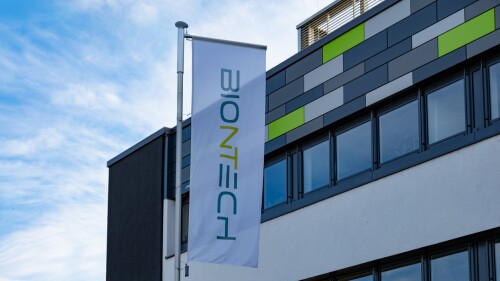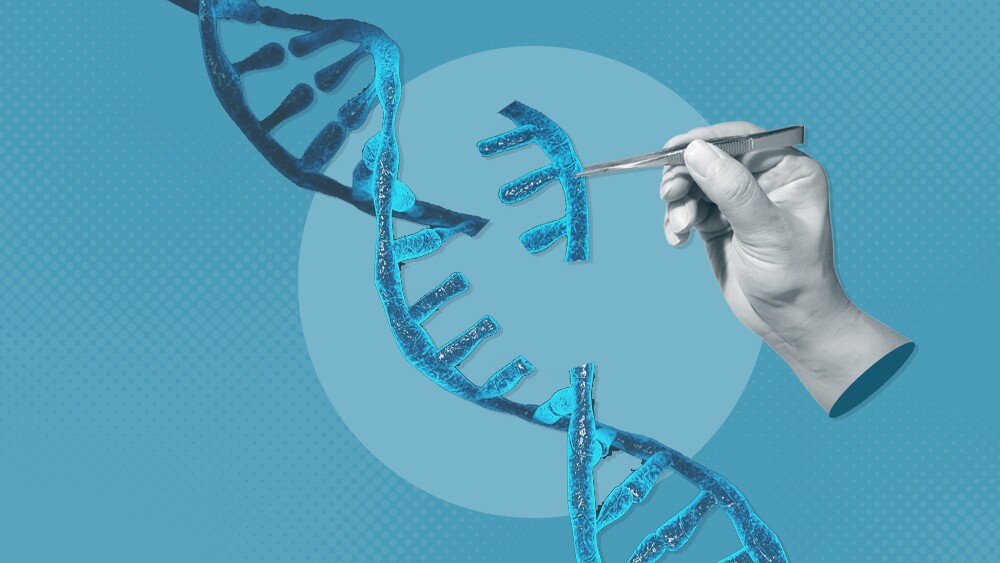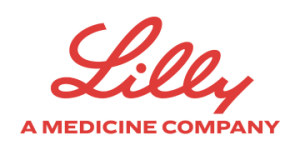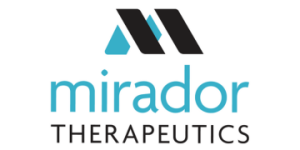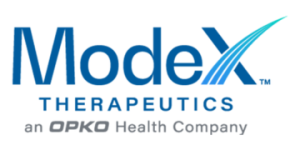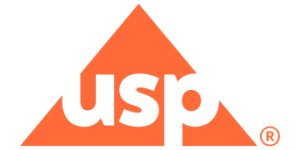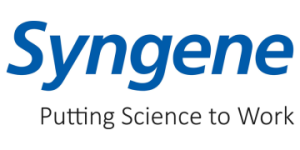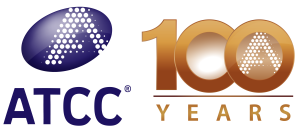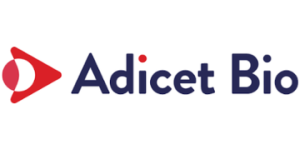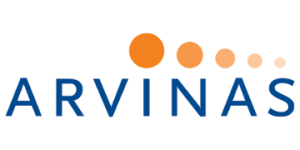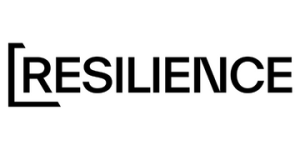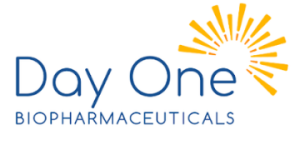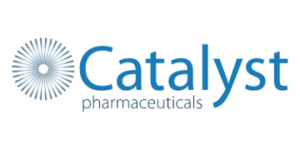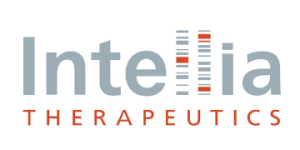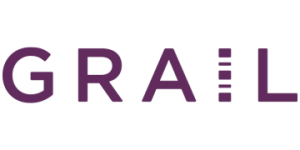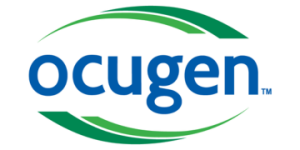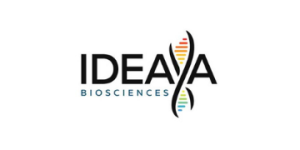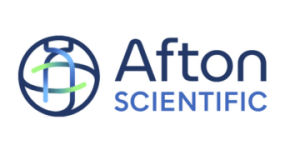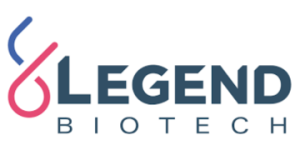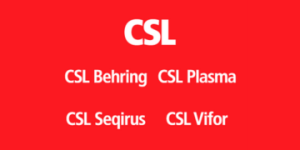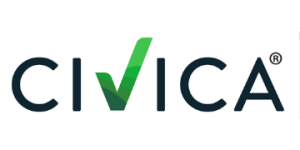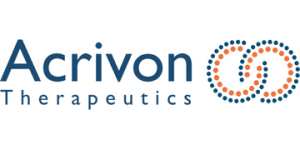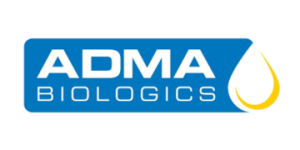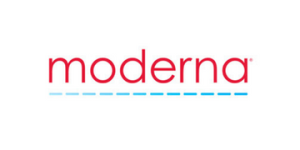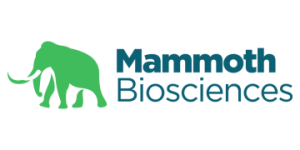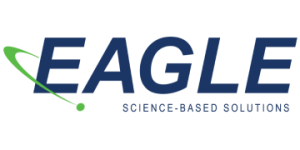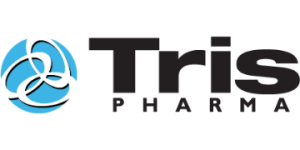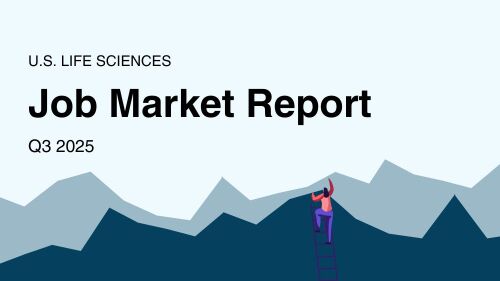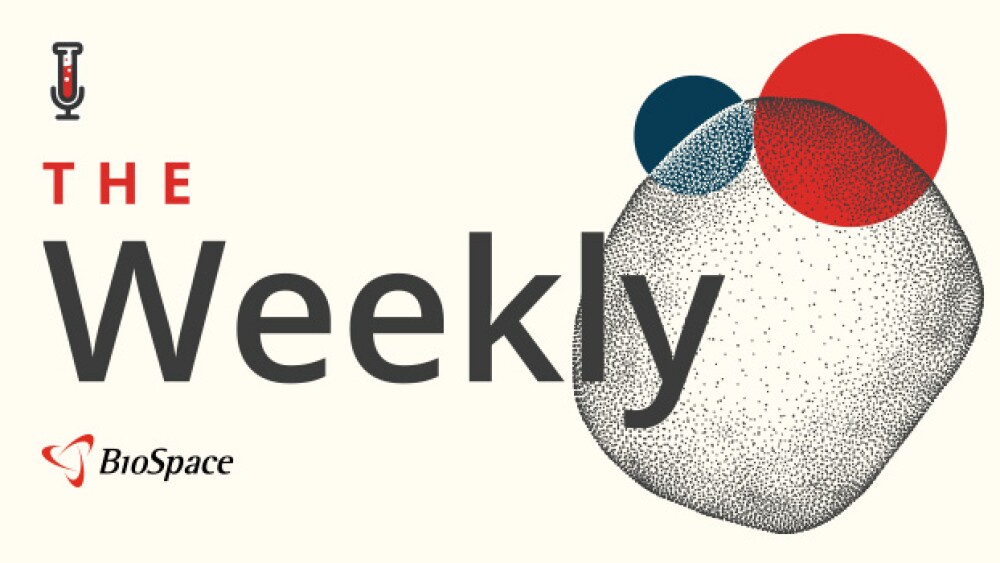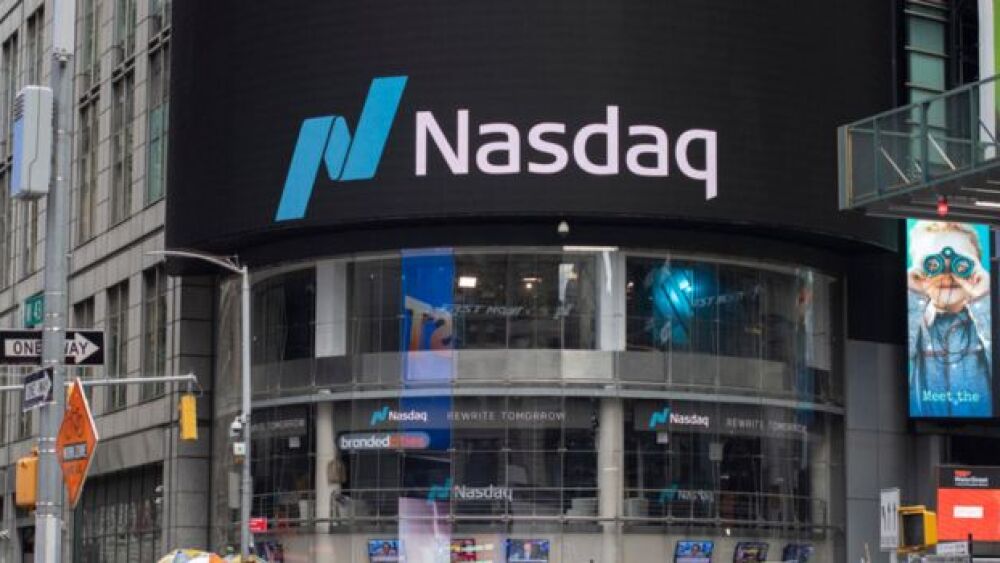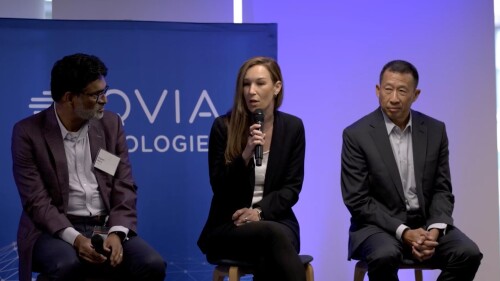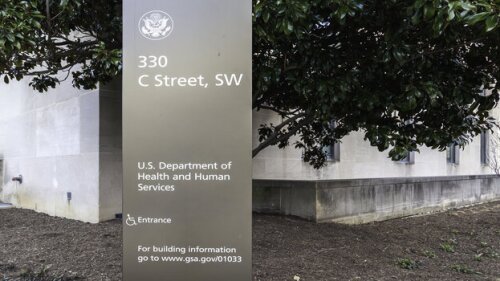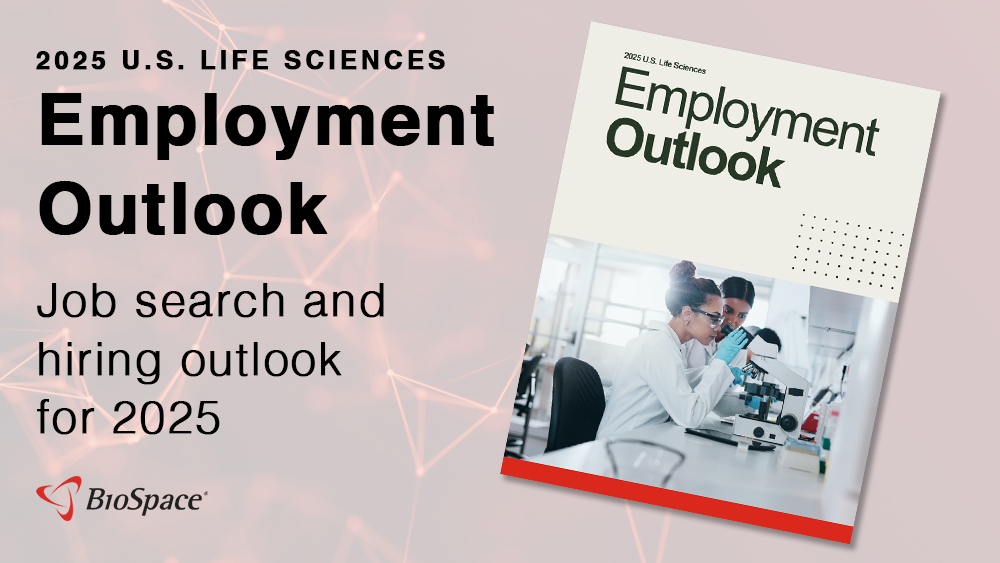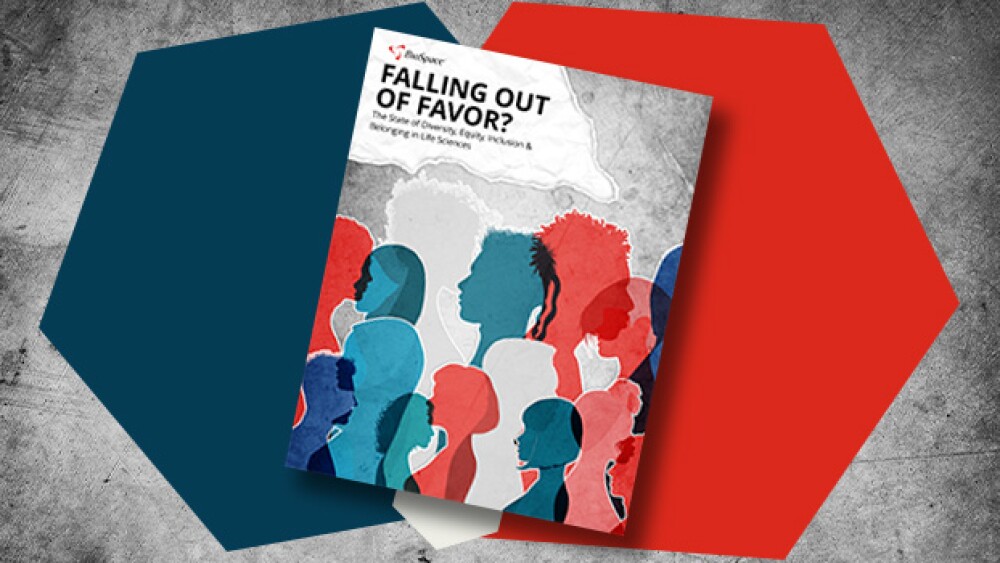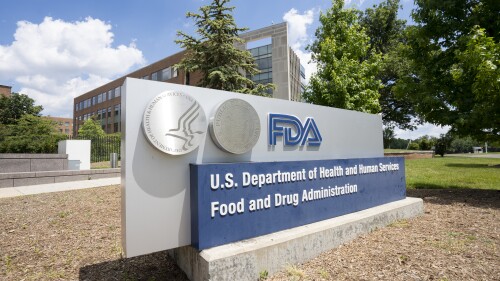According to reporting from multiple outlets, Richard Pazdur, head of the Oncology Center of Excellence at CDER, opposed the consensus opinion of CBER staff to approve the drug. Replimune’s stock has dropped precipitously since the rejection.
The company expects that the U.S. COVID-19 vaccination rate will be “maybe a couple of points lower” than the prior level of around 20% but that pricing and Comirnaty’s market share will hold steady.
The pivotal Phase II trial is testing Allogene’s CAR T candidate cemacabtagene ansegedleucel for large B-cell lymphoma. ALLO-647 was being used as a preparative lymphodepletion therapy.
Earlier this year, the Centers for Medicare and Medicaid Services scrapped a previous proposal, from the Biden administration, to include anti-obesity medications in Medicare Part D coverage.
A ripple effect of the NIH’s slashed 2026 budget will be felt throughout the biopharma ecosystem. Young companies must act now to weather the storm.
Delays in the decision dates for high-dose Eylea are linked to issues at a Catalent-owned facility. Once these are resolved, Regeneron expects “to receive favorable action” on these applications, CEO Leonard Schleifer told investors.
FEATURED STORIES
Experts say the time is now to develop and provide widespread access to genetic medicines for the rarest diseases. What’s more, they say it is a moral imperative.
Longeveron and Lexeo Therapeutics are working on CGT therapies to treat Alzheimer’s disease, but it’s not clear whether they have a better chance of success than traditional approaches.
Active immune therapies hold promise for preventing or slowing disease onset, but some experts warn of potential safety risks.
Ultracompact CRISPR systems, which are in some cases one-third the size of Cas9, are being designed to be more specific and enable in vivo gene editing in difficult to reach tissues.
The BIOSECURE Act’s prohibition on doing business with China-based companies may have implications for biotech and biopharma markets on both sides of the Pacific.
After a long and challenging journey for its stem cell therapy NurOwn, BrainStorm Cell Therapeutics has aligned with the FDA on the parameters of a Phase IIIb ALS trial that is expected to begin by the end of 2024.
LATEST PODCASTS
In this episode presented by Slone Partners, Leslie Loveless, Co-CEO and Managing Partner discusses how hiring and the building of executive teams has responded to the current biotech environment.
Pfizer seals the deal with Metsera for $10 billion after Novo Nordisk bowed out; President Donald Trump welcomes executives from Novo and Eli Lilly to the White House to announce that the companies’ GLP-1 medicines would be sold at a reduced cost; and the FDA grants the second round of priority review vouchers—primarily to already marketed drugs.
In this episode presented by PII, BioSpace’s head of insights discusses how to relieve clinical trial patients of technological burden to improve compliance with guests Oliver Eden and Travis Webb.
Job Trends
Genezen announced licensing of the Cytegrity™ proprietary stable production system from biotechnology leader CSL.
Subscribe to GenePool
Subscribe to BioSpace’s flagship publication including top headlines, special editions and life sciences’ most important breaking news
SPECIAL EDITIONS
In this deep dive, BioSpace investigates China’s rise as a biotech powerhouse.
In this deep dive, BioSpace explores the next big thing in obesity.
BioSpace did a deep dive into biopharma female executives who navigated difficult markets to lead their companies to high-value exits.
DEALS
-
The two biotech companies announced initial public offering pricing Thursday, respectively, with shares beginning trading Friday and valued at more than $560 million cumulatively.
-
Following a Phase II review, Novartis has cut the development of a gene therapy candidate for geographic atrophy. In June, the company sold a dry eye disease drug to Bauch + Lomb for $1.75 billion.
-
$27.8B Amgen-Horizon deal gets FTC clearance with restrictions; the White House names first 10 drugs subject to Medicare price negotiations; Sage Therapeutics axes 40% of staff.
-
This is the Danish company’s second obesity-focused acquisition in three weeks. Under the deal, Novo Nordisk receives the full rights to develop and commercialize Embark’s lead metabolic platform.
-
Warning signs that preceded the current economic squeeze in the biopharma sector were not heeded by investors seeking rapid profits. Now, biotechs interested in making the leap to the public markets must get creative.
WEIGHT LOSS
-
Sanders says he wants Novo Nordisk to “do the right thing” and lower the costs of Ozempic and Wegovy. But only the Inflation Reduction Act can achieve that.
-
Now in Phase III with its small molecule orforglipron, Eli Lilly is leading the oral GLP-1 race against Novo Nordisk, Pfizer, Roche and others.
-
Altimmune on Wednesday said it is ending development of HepTcell, a hepatitis B candidate, following disappointing trial results as it focuses on obesity and metabolic dysfunction-associated steatohepatitis.
-
Citing a JAMA study that found Ozempic could be profitably produced at under $5 per month, Senator Bernie Sanders on Wednesday called on Novo Nordisk to lower prices for the diabetes treatment and the weight-loss drug Wegovy.
-
Bayer cut its C-suite nearly in half amid a massive restructuring. Meanwhile, the U.S. government says it will pay for Wegovy for patients with heart disease.
POLICY
-
On the heels of the FDA’s denial of its petition, a Delaware district court on Monday handed Novartis another loss in its efforts to keep the market free of Entresto copycats.
-
At a private event held amid the fallout from the CrowdStrike incident, cybersecurity issues took a front seat, with the consequences of the evolving EU AI Act and the Loper Bright and Corner Post decisions also raising concerns for quality assurance and regulatory affairs professionals.
-
With Medicare expenditures on Stelara increasing nearly tenfold, a new report from the HHS Office of Inspector General has found major differences in drug payment amounts under Part B versus Part D.
-
In the latest setback for the pharma industry and its allies, the United States District Court for the Southern District of Ohio dismissed a U.S. Chamber of Commerce lawsuit on the grounds of improper venue.
-
Lobbying groups and individuals connected with the industry are supporting candidates from both parties, with a particular focus on the future of the 340B discount program and pharmacy benefit managers.
The following tips from a seasoned recruiter can reduce serious ATS-related errors and help increase the value of the time investment.
For new graduates with limited experience, as well as career-changers whose experience is outside the area they now wish to pursue, fighting the underqualified label is tough
To find out more about career transitions within the life sciences, we interviewed Modu Feyisitan, MPH. Modu provided insight regarding her move from a role as an Epidemiologist within county government into private healthcare. She shares what motivated her to make a job change.
Not only can we humanize with storytelling; we can use stories to connect.
Your amazing résumé in which you creatively maximized available space or ensured perfectly aligned lists by using advanced formatting can confuse an applicant tracking system.
The first biopharma interview after college will increase your stress and anxiety. However, we offer a few time-tested tips to help you nail your first interview.
HOTBEDS
REPORTS
In this Employment Outlook report, BioSpace explores current workforce sentiment, job activity trends and the prospective job and hiring outlook for 2025, particularly as it compares to the previous year.
BioSpace’s third report on diversity, equity, inclusion and belonging in life sciences examines dramatic shifts in attitude around diversity initiatives.
CANCER
-
One patient died of respiratory failure in a Phase I study of Lyell Immunopharma’s investigational CAR-T therapy. The company on Wednesday said it has not definitively linked the fatality to the treatment.
-
AstraZeneca’s PD-L1 inhibitor failed to significantly improve disease-free survival in patients with non-small cell lung cancer, but hit its primary endpoint in a late-stage trial in muscle-invasive bladder cancer.
-
The FDA’s calendar is relatively light in July, with only five major deadlines, including one for a PD-1 blocker and another for an opioid overdose drug.
-
G1 Therapeutics on Monday reported Phase III study results showing its drug Cosela did not demonstrate a statistically significant effect in overall survival in triple-negative breast cancer patients.
-
National Institutes of Health researchers in a Phase Ib/II study found a five-drug combination elicits strong remission rates in diffuse large B-cell lymphoma patients without using chemotherapeutic agents.
NEUROSCIENCE
-
AVP-786 was unable to significantly reduce total scores in the Cohen-Mansfield Agitation Inventory versus placebo, Otsuka Pharmaceuticals reported Monday. The company is evaluating the next steps for the drug combination.
-
Thanks to a rough launch of its Biogen-partnered Alzheimer’s disease treatment, Eisai will likely miss its target of treating 10,000 patients with Leqembi by the end of March 2024.
-
With one disease-modifying therapy already reaching patients and another expected to soon, several biopharma companies anticipate key data for novel assets in the coming 12 months.
-
Biotech companies are exploring multiple targets in the fight against neuroinflammation. Experts say these projects could yield the next breakthrough in treating Alzheimer’s disease.
-
After showing some unfavorable results for its data, AC Immune on Monday announced it will be getting back its Alzheimer’s disease candidates from Roche’s Genentech.
CELL AND GENE THERAPY
-
Through substantial leadership turnover and workforce cuts, the FDA has continued to support the advanced therapy sector, actively working to remove obstacles to innovation.
-
The plausible mechanism pathway “could accelerate gene therapy/editing development,” analysts at William Blair said Thursday, while adding that additional clarity is needed.
-
MeiraGTx Holdings is licensing a genetic eye disease medicine to Eli Lilly in a deal worth up to $475 million.
-
The FDA previously placed two clinical studies on hold, including the Phase III trial in which the liver toxicity occurred. Intellia is working with experts to create a risk management program for nex-z.
-
Pfizer and Novo Nordisk continue to fight for ownership of obesity startup Metsera; CDER Director George Tidmarsh leaves his position amid an ongoing probe into his “personal conduct”; FDA reverses course on approval requirements for uniQure’s Huntington’s gene therapy; Sarepta’s exon-skipping Duchenne muscular dystrophy drugs fail confirmatory study.





